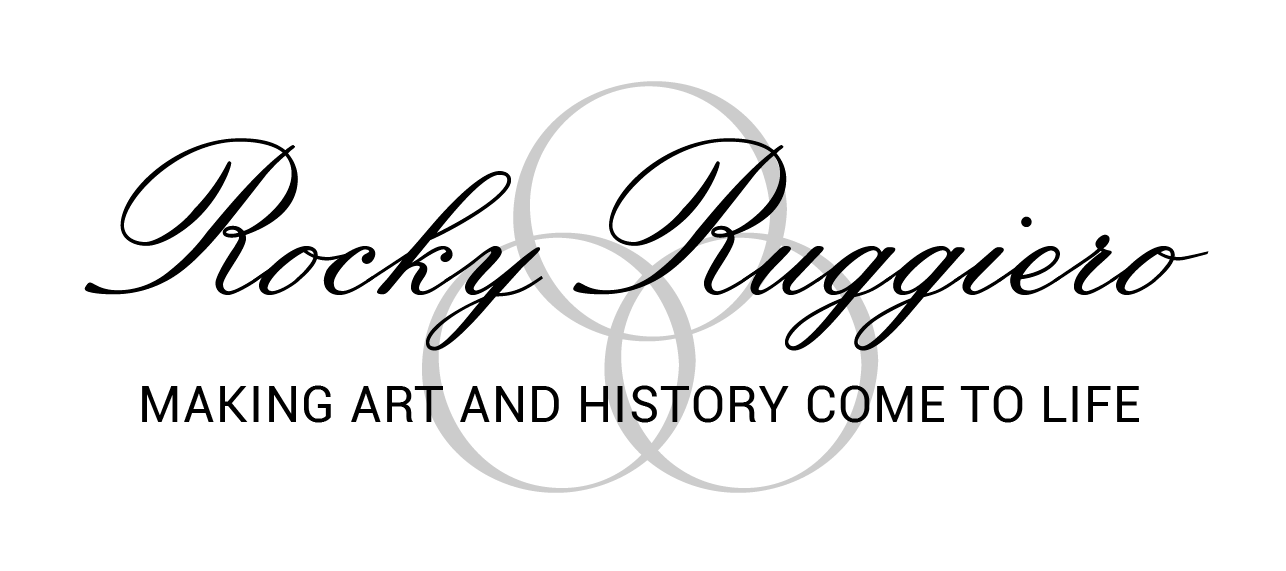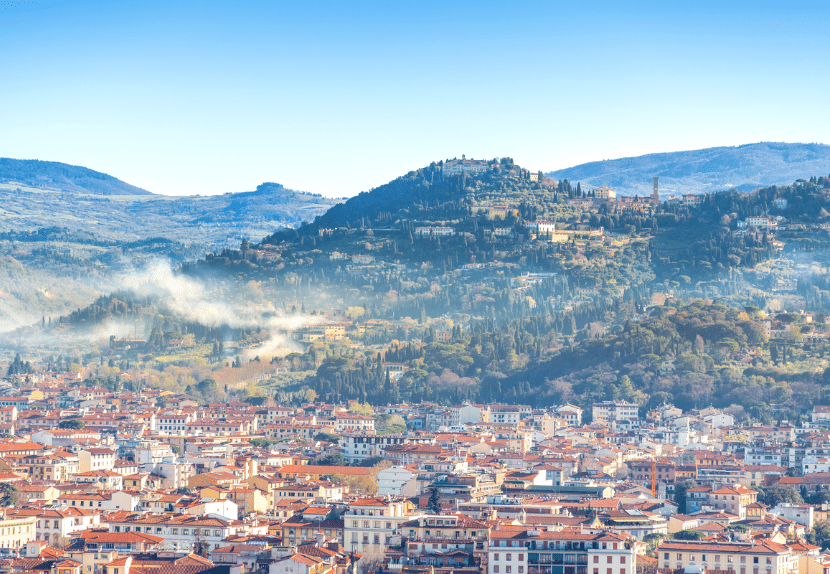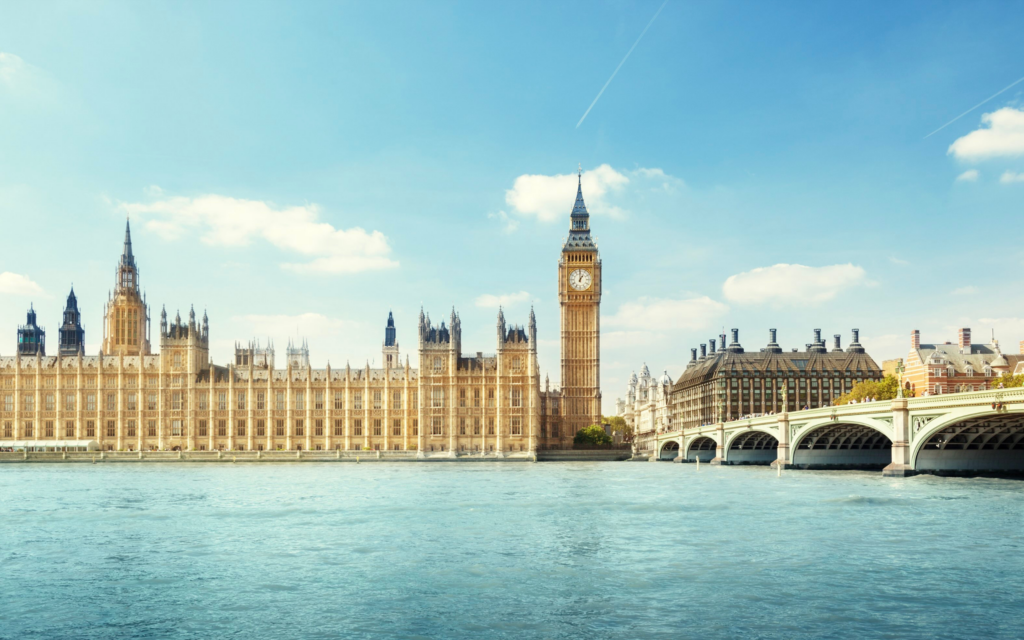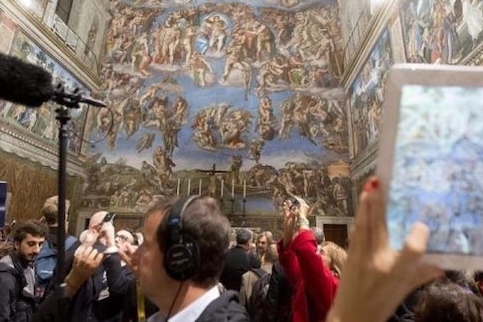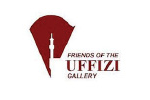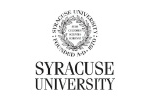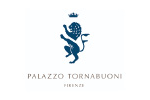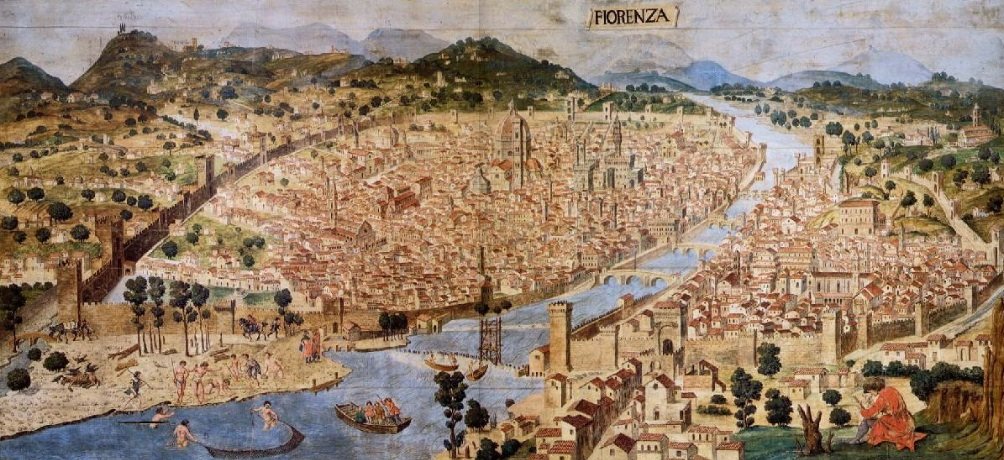
From a historical perspective, Florence is a city that is relatively easy to digest. As opposed to a city like Rome whose history spans more than two millennia, Florence’s critical history can be approximated to the two centuries that fall between the years 1300 and 1500CE. Nearly all of the city’s “rock-star”, celebrity artists were active during these two centuries. From Medieval artists such as Cimabue, Dante, Giotto, Boccaccio, and Petrarch active in the fourteenth century, through the Renaissance giants Donatello, Brunelleschi, Botticelli and climaxing with Leonardo and Michelangelo in the fifteenth and sixteenth centuries, the level of artistic production in Florence during these two centuries is unprecedented and unparalleled in history.
Beyond its artistic importance, Florence’s political reality was also exceptional, as it was also one of Europe’s few medieval republics. A quick survey of Christian Europe’s political regimes in the fourteenth century – England/king, France/king, Germany/Holy Roman Emperor, what little Christian Spain remained/king, Central Italy/pope, southern Italy and major Italian islands/king – reveals that monarchical government was the norm, and democracy the exception. In fact, the medieval republics of Europe could be counted upon one hand, and they were all in Italy – Florence, Siena, Lucca, Genoa and the longest-lasting republic of all time, Venice. As opposed to the European monarchies where a majority of artistic production was directed towards glorifying individual rulers and their families, much of the art and architecture of these republics was communal, that is, created and paid for by the people. And although few have ever “willingly” paid taxes, it was ennobling to see public funds employed in order to celebrate the populace. In Florence alone, late thirteenth-century buildings such as the Basilica of Santa Croce, which is the world’s largest Franciscan church; Florence cathedral, which for two centuries was the world’s largest church (presently the third largest); Palazzo Vecchio (or della Signoria as it was originally called) the imposing seminal political structure that has served as Florence’s town hall for the past seven centuries; and the church and convent of Santa Maria Novella, which is one of the world’s largest Dominican complexes, were all constructed with communal funding.
Where did the money come from? By 1300AD, Florence was home to Europe’s second wealthiest economy after Venice. The medieval Venetian economy was based strictly on trade, as the maritime republic enjoyed exclusive trading rights throughout the Byzantine Empire. This privileged role, which was the equivalent of country today having exclusive trading rights with China, made Venice immeasurably wealthy. Florence instead accumulated its significant wealth through both a trade and manufacturing economy. A nearly Silicon-Valley-like phenomenon occurred in Florence in the thirteenth century with the development of a wool textile production and distribution industry. Raw wool was imported from all over Europe in order to be refined in the city, and then sold through a distribution network that encompassed most of the Mediterranean world. Furthermore, Florentine wool was the best that money could buy.
In the thirteenth and fourteenth centuries, business was booming in Florence. One of the many spin-offs of the wool industry was banking. Florentine banks were known as the “fifth element.” Wherever one could find the other four – earth, water, fire and air – one could find a Florentine bank. Much like American Express offices in the twentieth century, Florentine banks offered international merchants the security of not traveling with cash. With the immense capital acquired by these banks through exchange commissions, they could also then lend money on an average interest rate of 25%. Although such rates would be considered usury today, the returns on investments in the medieval world could be as high as 100%.
This wealth brought with it a demographic boom. By 1300, Florence was the fourth largest city in Europe after Paris, Venice, and Milan, with a population of between 100,000 and 120,000 people. As early as the eleventh century, both noble and peasant inhabitants of the contado (as the countryside around cities was known) were migrating to urban centers in order to claim a stake in what has been dubbed the “commercial revolution” of the Middle Ages. This economic and demographic explosion laid fertile ground for the rebirth of classical culture and civilization, or, as we call it today – the Renaissance.
